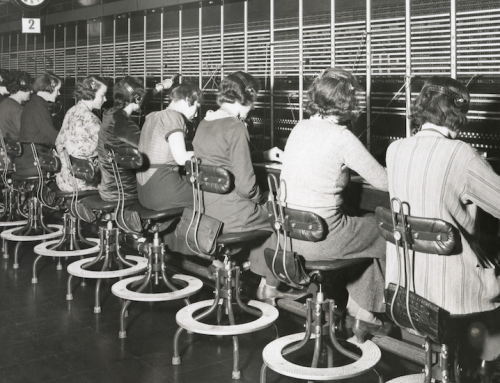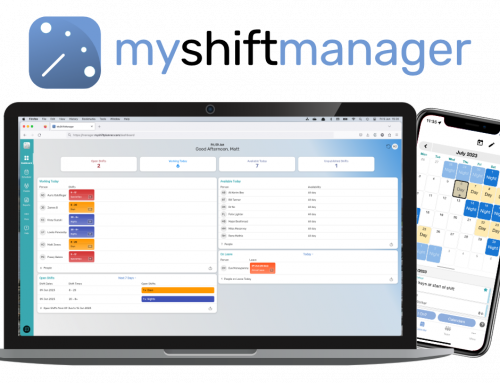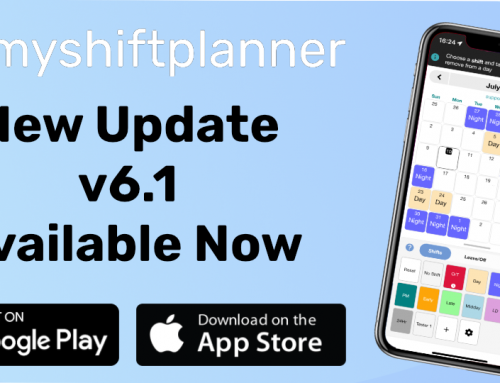Lockdown is slowly being released, and many people are facing a return to the workplace. But, how can it be done safely, so that workers feel secure and the risk of COVID-19 infection is reduced?
Staggered Shifts for All Workers?
It’s been widely reported over the last few weeks that many closed workplaces will be opening up again soon. Whilst this might be welcome to many, there are a number of concerns workers have voiced on how safe they will be, and how workplaces can manage social distancing.
Employers are required by law to provide a safe working environment for their employees. One of the proposed measures to ensure this, is to introduce staggered/flexible working hours and shifts. This would have the double effect of reducing the number of people in the workplace at any one time, and also reducing the numbers of people travelling together at peak times.
These proposals are being considered in many countries around the world. And there is a high probability that workers will soon be required to balance their time between staggered shifts in the workplace and days working from home.
So, what’s the impact for workers? Is everyone about to join the band of shift working? We thought we’d take a look at some of the practical considerations that workers need to be aware of with the introduction of staggered shifts and flexible working hours.
What are Staggered Shifts?
It’s important to note that Flexible Working is different from Flexitime, which many workers already have.
The UK Government website states that staggered hours are when “an employee has different start, finish and break times from other workers.”
With staggered shifts, it’s usual that the worker can have some say on when they start and finish work. But, once the times have been chosen or agreed, they remain unchanged. Making them very different from working flexitime when workers can change their start and finish times more regularly.
Why Move to Staggered Shifts?
Staggered shifts might be brought into a workplace for a number of reasons. It could be to help ease congestion when people are arriving and leaving. Or it might be a way to lower the number of workers in the workplace at any one time.
There’s also a high chance that staggering lunch breaks will also become more regular. As a way to keep large groups from gathering in rest areas or from swamping local shops.
What are Your Employee Rights? (UK)
If you have a work contract with your employer, you have rights which affect your working pattern. In the UK and many other countries, there is also legislation around working time, flexible working and anti-discrimination. Any introduction of staggered/flexible working can not impinge on these statutory rights of workers.
Employers are being advised that the best approach to making changes to working arrangements is always to agree those changes with their employees first.
If you are working a shift pattern, and it needs to be altered temporarily (or if you are being given a shift pattern for the first time!) your employer needs to explain all the relevant matters to you. As well as all the concerns arising from COVID-19. This should include how long this period of change will continue for and what benefits you will have etc. They should also be open to discussing any of your concerns.
If changes are not temporary and your employer is planning to make permanent alteration to your shifts or working hours, there are a set of rules they must follow. Because any new hours that are permanent, represent a contractual change.
It’s important to always remember, your employer can only make a change to an employment contract if:-
- You agree to the change
- Your representatives, such as your trade union, agree to the change
For more information on changes to a working contract in the UK, see the advice on the ACAS website.
Working Flexible Hours
It is almost guaranteed that workplaces are going to change in the coming months. One way flexible hours and staggered shifts may be introduced is through the introduction of more teams.
Staff will be split into teams, where each team alternates with days working from home and days being in work. There may even be the option of splitting across a day and night shift.
Processes are also likely to be spread out too. So that only one team needs to be on the premises to complete a task at any given time.
The Government guidance on social distancing remains in place. Which means that in work you should be able to continue to operate wherever possible at a safe distance from colleagues and fellow workers.
If changes are made to your workplace in any way, they need to be communicated clearly and the reasons explained.
In addition, your personal circumstances should be taken into consideration as well, when agreeing any new staggered shifts or hours. If you have any questions, talk to your union representative or HR dept for more clarification.
Managing Flexible Working Hours
MyShiftPlanner is designed specifically to help employees who work non-standard hours to manage their time. For those used to a regular working pattern, the introduction of staggered shifts and home working can easily become confusing.
By using MyShiftPlanner’s colour coded calendar, you can quickly see when you are working at home, or at work. You can track your time at home, using the Work Time Report functions, and better manage your time.
Download MyShiftPlanner to help you keep track of your staggered shifts and flexible working hours.
Android users click HERE
iPhone/iPad users click HERE
For more information, contact our support team – via support@myshiftplanner.com






